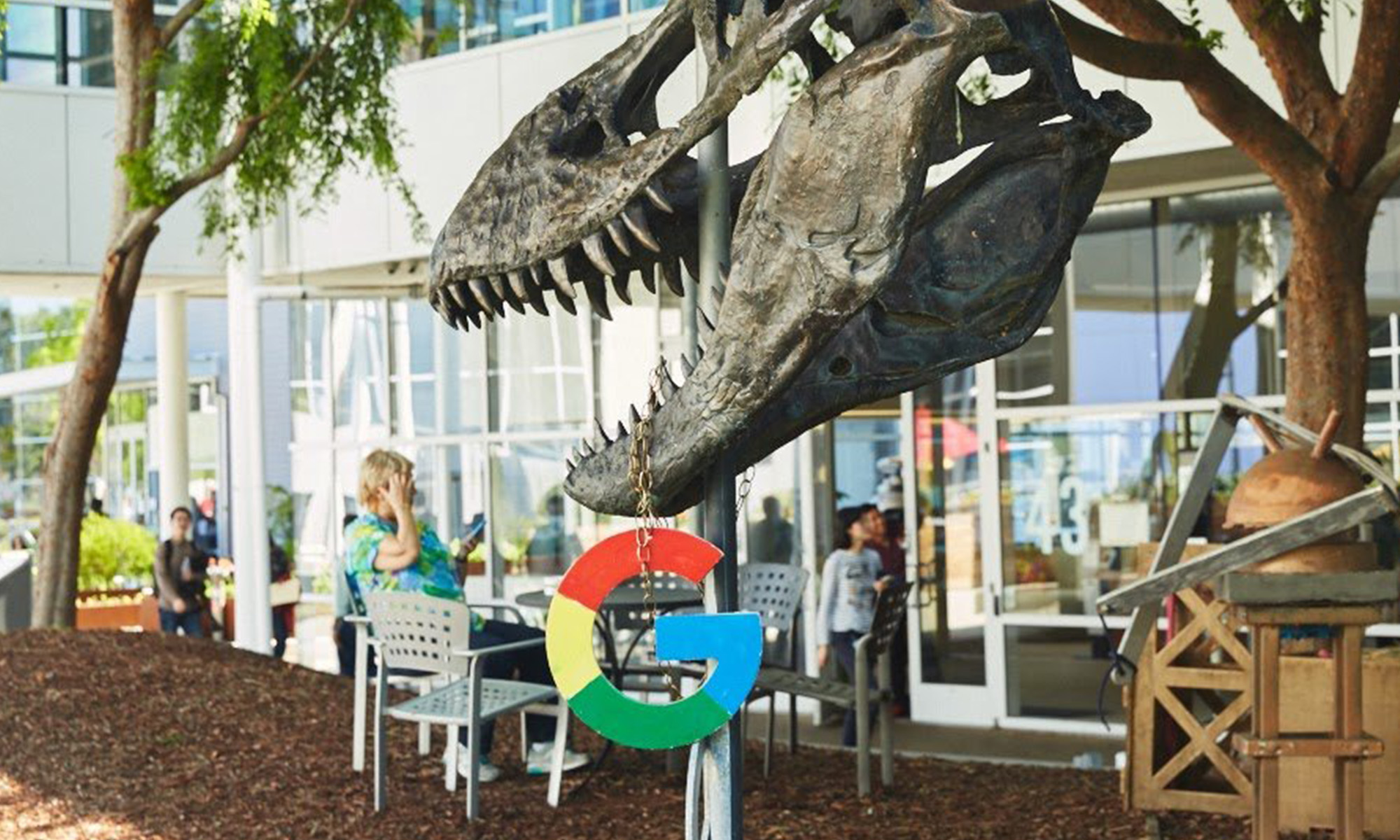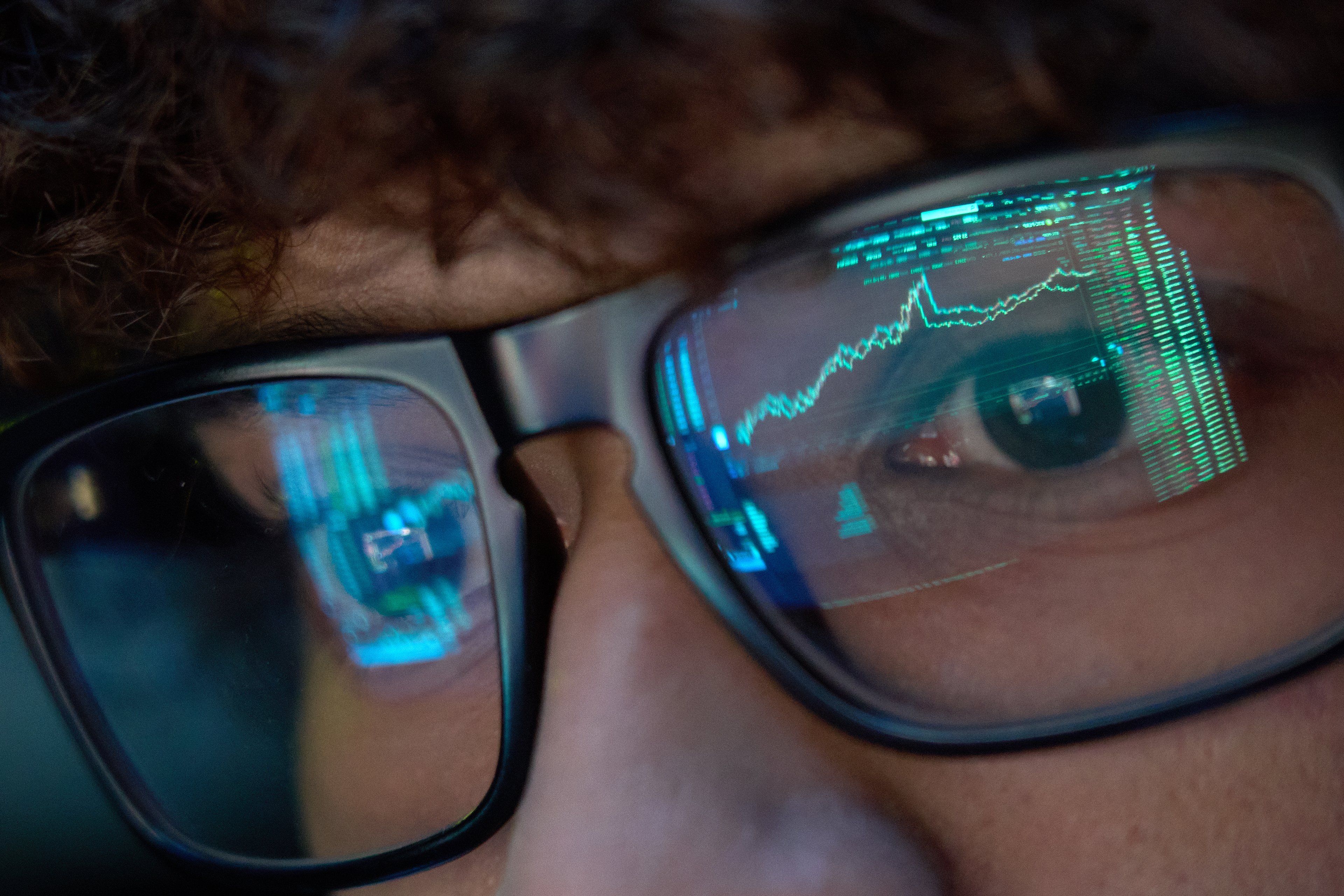The scale of Facebook's (FB 1.66%) business ensures that many of its operating figures are stunningly large.
Here are just a few from its most recent quarterly report: Revenue jumped 45% to $9.3 billion as the social media king passed 2 billion active users. The $3.9 billion of earnings it generated in those three months produced a 42% profit margin that puts Facebook in the top 3% of the S&P 500 by that metric.
Today, I'm taking a closer look at a Facebook expense that many investors might find surprising even in the context of those large numbers. It's the company's capital spending program, and the initiative is on track to reach an annual rate of $7 billion this year -- up sharply from $1.8 billion in 2014.

*2017 is management's projection. Chart by author. Data source: Facebook financial filings.
What it is
These expenditures go toward building out the network infrastructure required to support service delivery to its users. For example, the company has data centers or offices in 30 countries around the world. Last year's expense included projects to expand four of these massive data centers while breaking ground on four new ones.
The line item is growing much faster than Facebook's revenue as well. Last year's $4.5 billion outlay marked a 78% increase over the prior year.
The $7 billion that CEO Mark Zuckerberg and his team are predicting for 2017 will translate into a further 56% spike as Facebook adds several additional network hubs to its infrastructure this year, including entirely new data centers in New Mexico and Iowa.
Why it's soaring
Three big trends -- all of them good from a business standpoint -- are combining to send this spending soaring. First, there's the sheer size of Facebook's user base. At the end of 2013, the company counted 1.2 billion active users. In roughly four years, that figure has spiked 66% to just over 2 billion.

Image source: Getty Images.
This user pool is also engaging more frequently with Facebook's services. The proportion of monthly users who also use the site on a daily basis has jumped to 66% from 62% in late 2013.
Finally, Facebook fans are increasingly posting and consuming rich media, particularly video. This shift is opening up new engagement opportunities for the company while also making the service more valuable to advertisers. It also creates huge demands on the data network.
There's every reason to expect these pressures to keep rising, too, as Facebook pushes deeper into content delivery while adding rich media-sharing features like the recent live broadcasting service.
So what?
Soaring capital spending hasn't prevented Facebook from posting awesome profit growth lately, with net income up nearly tripling in 2016 to reach $10.2 billion. The financial pain is most directly felt on cash flow since this expense reduces operating cash and lowers free cash flow. Last year's capital investments amounted to 28% of operating cash, up from 24% in the prior year.
It's likely that rising investments in 2017 will further flatten Facebook's free cash flow growth. But investors will likely consider that short-term hit well worth it, assuming it supports future growth in the company's highly active user base.






